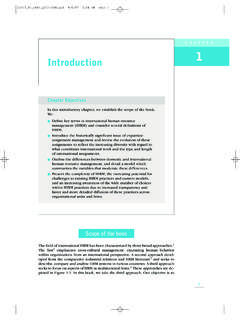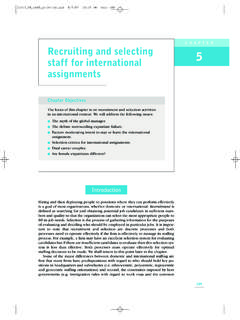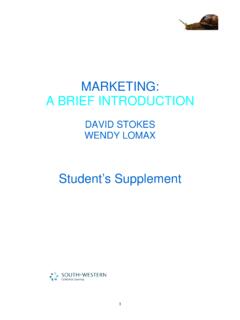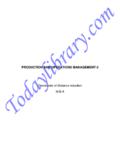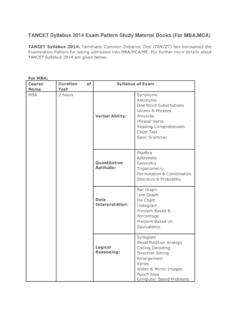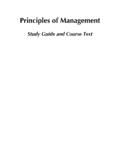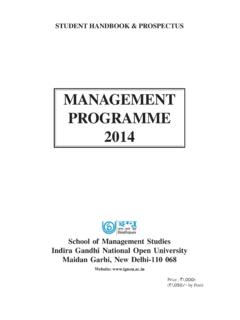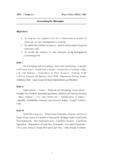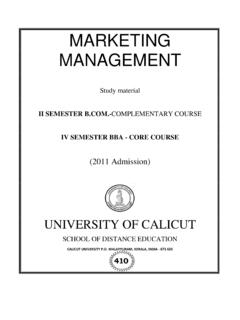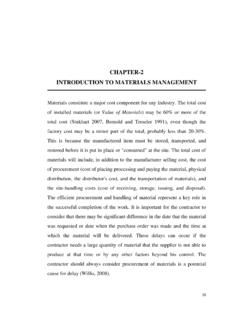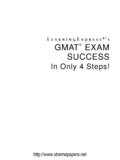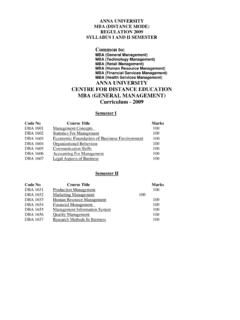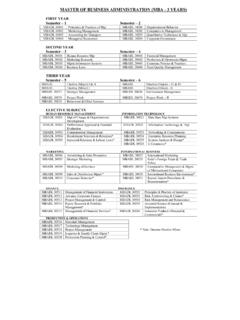Transcription of Phil Kelly INTERNATIONAL BUSINESS AND MANAGEMENT
1 INTERNATIONAL BUSINESS AND MANAGEMENTPhil i1/21/09 4:58:53 PM1/21/09 4:58:53 PMStudy GuideInternational BUSINESS & MANAGEMENT : study GuideWelcome to the INTERNATIONAL BUSINESS and MANAGEMENT course. This study guide (handbook) has been written for students enrolled on the course and contains a great deal of information needed to complete your studies. You should bring it to each workshop session. Within the handbook you will find:- A holistic concept model and module delivery plan- Detailed learning outcomes- Lecture summaries, specific lecture outcomes, a lecture synopsis, and keywords, supporting text, figures, references and activities for each workshop- Towards the end of the handbook you will find supplementary overall aim of this course is to develop the reader s knowledge of the INTERNATIONAL organisation so that they understand how resources and competencies (dynamic capabilities)
2 May be developed and used to survive and prosper in an uncertain and constantly changing world - turning strategy into action through the effective and efficient MANAGEMENT of resources and creation of sustainable competitive advantage. We also aim to explain how managers may create value for customers, shareholders, society and this course we take an eclectic and multidisciplinary approach, drawing on both classic and new theory from strategy, operations MANAGEMENT , marketing, information systems, finance, human resource MANAGEMENT and the specific literature on INTERNATIONAL BUSINESS and MANAGEMENT .
3 Additionally, we recognise the strategic role of HR in developing people as a source of competence difficult for competitors to imitate; we discuss knowledge MANAGEMENT , the learning organization, HR practices and BUSINESS processes. We also recognise the important role of information resources and technology and explain how enterprise systems, BUSINESS intelligence, knowledge MANAGEMENT systems and e- BUSINESS and e-commerce systems enable people and the corporate and BUSINESS strategies. Human and information technology resources are 5/188 INTERNATIONAL BUSINESS & MANAGEMENT : study Guidealso considered in the specific primary activities of operations MANAGEMENT , logistics, marketing and sales.
4 The role of finance and the MANAGEMENT of financial resources in the INTERNATIONAL organization are also considered along with their supporting systems. Throughout the course we consider employee behaviour from a productive and ethical stand point and emphasise the key role of leadership. Recognising globalization and change we also provide tools and frameworks to analyse INTERNATIONAL organizational surroundings both internally and externally and explain how change can be managed in order to align the organization with its customers and believe today s BUSINESS student must see the organization as more than simply a collection of functional parts.
5 Important capabilities are created from the way in which people (to include skills and know-how), information, financial and physical resources are tied together. BUSINESS and MANAGEMENT as a subject area is distinctive in that it is interdisciplinary, drawing upon a wide range of base disciplines from "hard to soft" sciences. This study guide, like the associated text book, is organised in five parts: (1) an introduction to INTERNATIONAL BUSINESS and MANAGEMENT , (2) INTERNATIONAL strategy, (3) human resource MANAGEMENT , (4) managing information and technical resources and (5) INTERNATIONAL BUSINESS and trade.
6 Chapter one, an introduction to INTERNATIONAL BUSINESS and MANAGEMENT , identifies what constitutes an INTERNATIONAL organisation, why they exist and how they are derived. Different types of INTERNATIONAL organisation are considered alongside the activities they undertake. This forms a basis for explaining how resources are used effectively and efficiently, so that organisations can compete and attain their goals, thus performing in a desirable manner. Part Two has a strategic focus, introducing the factors which shape what the organisation will do and where it will do it (purpose and scope).
7 Part Two is more about the need to be effective through an analysis of the environment and stakeholder needs and the wisdom of its leaders, managers and employees. We discuss how INTERNATIONAL organisations compete and achieve their goals through efficient use of resources and the selection of markets in which to offer their products and services. Parts three and four focus on efficiency and act as the building bricks used by strategists seeking to create sustainable competitive advantages. In 6/188 INTERNATIONAL BUSINESS & MANAGEMENT : study Guidepart two we focus more on challenges associated with organisational behaviour and the use of human resources.
8 Chapter six focuses on human capital as a source of sustainable competitive advantage and considers the problems associated with managing people worldwide. Chapter seven considers diversity and managing multicultural groups of all sizes, understanding how to work with people who may seem different. In chapter eight we consider the need to organise human resources, to divide, allocate, coordinate and control activities so that the organisational goals can be achieved. Chapter nine ( BUSINESS processes) continues to focus on work design, turning attention to the structuring of work tasks enabling efficiency gains and an ability to be responsive whilst attaining time based advantages.
9 In part three we build on human resources and consider how information and knowledge resources can be managed. Manual or knowledge-based work activities can be enabled by ICT and the organisation coordinated and controlled through the free flow of information resources. Furthermore, synergies and scale benefits may accrue for the INTERNATIONAL organisation which takes learning from one part and utilises it in another. Technologies discussed in chapters twelve and thirteen unify organisation and enable it to operate across boundaries.
10 The final part focuses on BUSINESS , creating, marketing and selling organisational outputs. Operations MANAGEMENT , marketing and sales are the internal customers and users of the resources discussed in part three and four. They enable the organisation to pool resources to execute the activities that result in customer satisfaction and revenue generation. Finally, in chapter sixteen we consider the MANAGEMENT of financial resources emphasis of this course and associated text is more on the need to develop agile companies that can meet changing customer needs in a timely and profitable manner.

